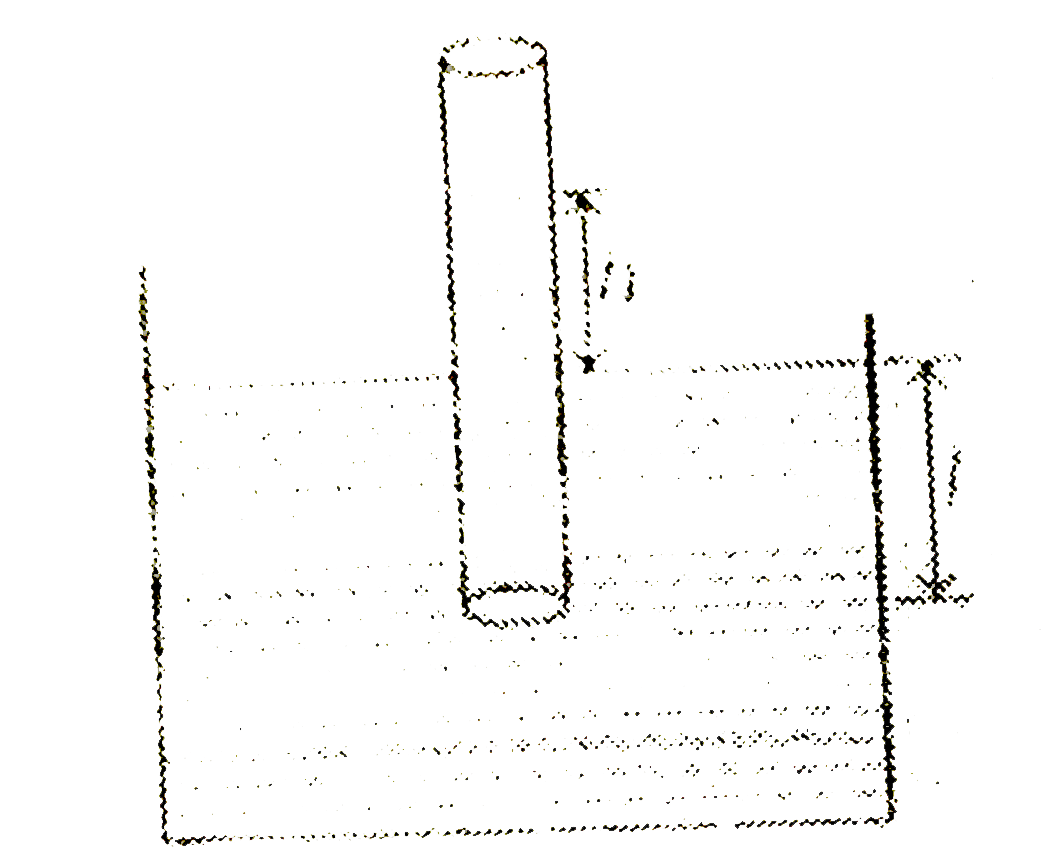Where, the imprint fossil of Archaeopteryx lithographica obained from Germany is now kept?
Berlin Museum, Berlin
British Museum, London
Zoological Survey of India Museum, Calcutta
National Museum of Nature History, New Delhi
The correct Answer is:B
Step by step video, text & image solution for Where, the imprint fossil of Archaeopteryx lithographica obained from Germany is now kept? by Biology experts to help you in doubts & scoring excellent marks in Class 11 exams.
Topper's Solved these Questions
Similar Questions
Knowledge Check
- Question 1 - Select One
Fossil of Archaeopteryx lithographica placed in London was found in
AIndiaBChinaCGermanyDEngland - Question 2 - Select One
Fossils of Archaeopteryx were found from
AJurassic rocksBTriassic rocksCCretaceous rocksDCenozoic rocks - Question 3 - Select One
Fossils of Archaeopteryx were found from
AJurassic rocksBTriassic rocksCCretaceous rocksDCenozoic rocks
An iron piece is kept for some time in concentrated nitric acid and then removed. The iron piece now can neither liberate hydrogen from dilute sulphuric acid nor can it liberate copper to form copper sulphate. Explain with an appropriate reason.
View SolutionWho discovered the fossil of archaeopteryx from bavaria (Germany)
View SolutionA capillary tube is dipped in water to a depth and the water rises to a height h(<l) in the capillary tube. The lower end of the tube is closed in water by putting a lower over it. The tube is now taken out and the thumb is removed from the lower end and it kept open. The length of liquid column in the tube will be
 View Solution
View SolutionUsing modern computer technology, scientists have restored part of a fossil of a rare dinosaur that lived more than 90 million years ago during the Cretaceous Period in what is now Mongolia. The focus of the study was the skull of Erlikosaurus andrewsi, a 10-13 foot herbivorous dinosaur called Therizinosaur. Using a digital model of the fossil, the team virtually disassembled the skull of Erlikosaurus into its individual elements. They, then digitally filled in any breaks and cracks in the bons, duplicated missing elements and removed deformation by applying retro-deformation techniques, digitally reversing the steps of deformation. In the final step, the reconstructed elements were re-assembled. This approach not only allowed the restoration of the complete skull of Erlikosaurus but also the study of its individual elements. "With modern computer technology such as CT scanning and digital visualization, we now have powerful tools at our disposal with which we can get a step closer to restore fossil animals to their life-like condition" said author Stephan Lautenschlager from the University of Bristol in Britain.
The restoration of a part of the fossil of the dinosaur was possible by a process ofView SolutionAsseration Amphibians have evolved from fishes
Reason Archaeopteryx is a fossil linking fishes and amphibiansView Solution

